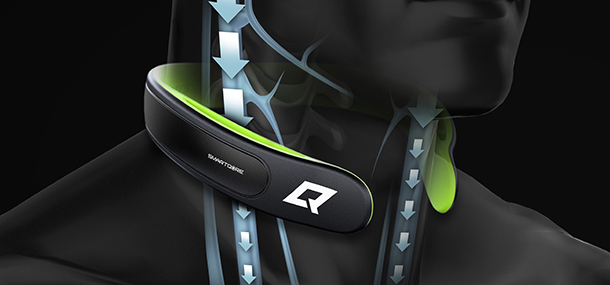
Sports-related traumatic brain injury (sTBI) is a significant public health problem, yet current medical consensus offers limited solutions to prevent brain injury from sports-related head impacts.
One explanation for this lack of progress could be that all attempts to protect the brain from outside the skull (helmets, mouthpieces, etc.) have not led to any significant reduction in the occurrence or the extent of concussive brain injury, as helmets do not limit movement and collision of the brain within.
Observations of g-force tolerant animals, such as woodpeckers and head-ramming sheep, may have uncovered a unique mechanism to protect the brain from collision trauma. It’s believed that these animals have a protective mechanism designed to either increase or decrease their brain blood volume. This has inspired the trial of a similar strategy of jugular vein compression in humans. It is believed that compressing the jugular vein will produce a tighter fit (like “bubble wrap”) of the brain within the skull cavity, thereby reducing the forces the brain absorbs from collisions.
 Photo: (lf-rt) Dr. Weihong Yuan, Dr. Gregory Myer and (sitting) Dr. James Leach.
Photo: (lf-rt) Dr. Weihong Yuan, Dr. Gregory Myer and (sitting) Dr. James Leach.
Dr. James Leach and Weihong Yuan, (PhD) are currently collaborating with the division of Sports Medicine to investigate a prevention device used during sports competitions. This device is designed to compress the jugular vein in order to reduce injury to the brain following severe head impacts during collision sports such as hockey and football. Through the use of advanced imaging techniques of the brain, early evidence from the clinical trials suggests that the use of this device may indeed prevent or reduce the detrimental effects of head collisions.
This promising project is still underway and includes collaboration with the Pediatric Neuroimaging Research Consortium, the Neurology division, and the Biostatistics and Epidemiology department. This is just one more example of how we are working together at Cincinnati Children’s Hospital to protect your child through innovative research.
Contributed by Dr. James Leach and Dr. Gregory Myer.